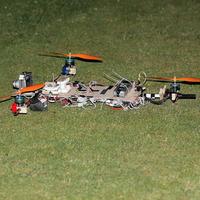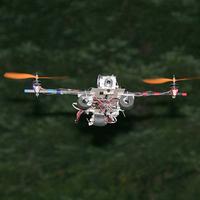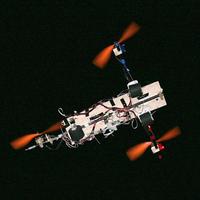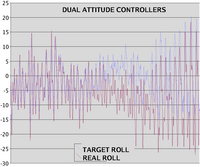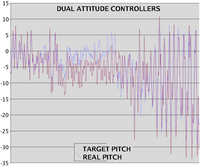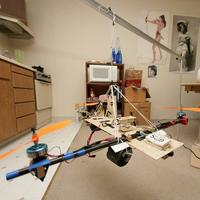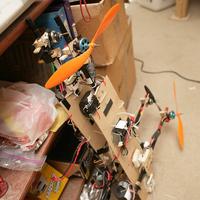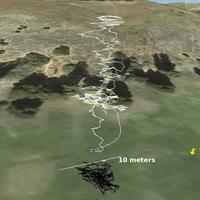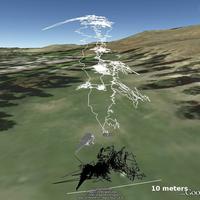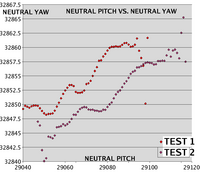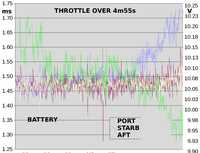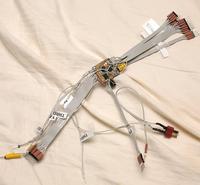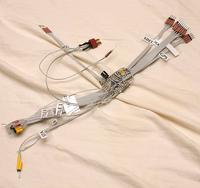Archive for June, 2009
Comments (0)
Add Comment
-
 Views: 284
Views: 284
If it looks like a stupid array, that's because is a stupid array. -
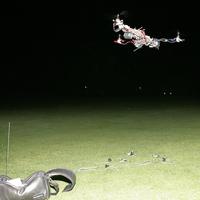 Views: 239
Views: 239
But a 1ft array was one of the goals for Vika 2 & it works. It shifts vertical range to 0.5m-4m. U get a lot of horizontal noise above that. Horizontal range is probably the same for each altitude as the 48" array. -
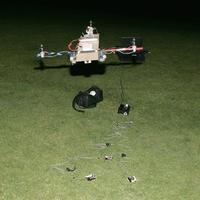 Views: 243
Views: 243
Not so tough anymore at 1m AGL, R U. -
 Views: 237
Views: 237
Stupid robot probably voted for Ubuuba. -
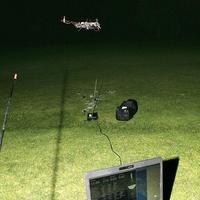 Views: 245
Views: 245
The monochrome masterpiece says 1m, but it's really 0.5-1.5m. Vika 2 has too much inertia to get a very stable position & with 1m programmed in, you're often mowing grass. -
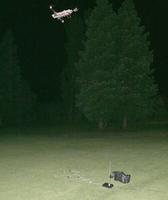 Views: 252
Views: 252
At 4m AGL, the tiny array gets the job done. -
 Views: 219
Views: 219
A 2m hover programmed in. -
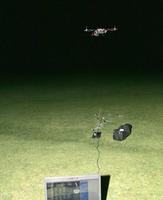 Views: 233
Views: 233
Well, 1.82 - 2m hover.
-
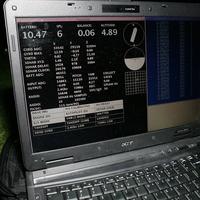 Views: 273
Views: 273
Latest ground station updates during a real flight. We use the graphical XY position, heading, & altitude extensively. U can fly purely by those instruments...in Argentina. Didn't use the artificial horizon at all. -
 Views: 273
Views: 273
Pushing the altitude to 12m. You're supposed to note the ratio of the sonar array size to the altitude. It's like a very long stick, but it's not a stick. -
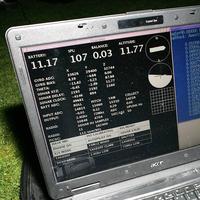 Views: 245
Views: 245
Ground station during high altitude flight. -
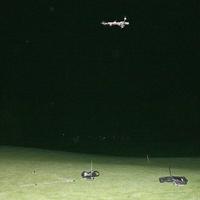 Views: 258
Views: 258
Now testing horizontal range at 4m altitude. There's a narrow corridor at x=0, y=0.5 which she can land in without hitting the equipment & without losing sonar contact, most of the time. -
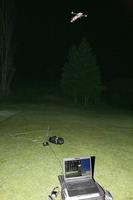 Views: 223
Views: 223
x=1 y=0 z=4 heading=180 -
 Views: 249
Views: 249
x=-1 y=0 z=4 heading=180 -
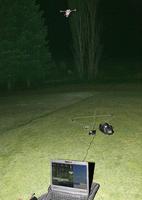 Views: 243
Views: 243
x=0 y=2 z=4 heading=180 Barely useful sonar performance. -
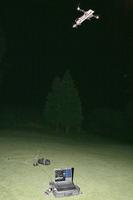 Views: 237
Views: 237
x=0 y=-2 z=4 heading=180 Directly over the ground station.
-
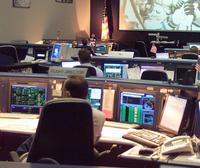 Views: 301
Views: 301
The pros have mostly text spreadsheets. Graphics for only attitude & position. Bingo board for binary factoids. Different windows for groups of data. -
 Views: 252
Views: 252
These R extreme pros, mind U. -
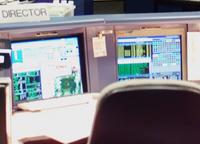 Views: 281
Views: 281
There R 2 bingo boards on the right. They're not called bingo boards. That's a Jack Crossfire trademark. -
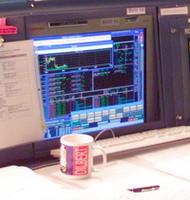 Views: 265
Views: 265
Unfortunately, the extreme pros don't have any screenshots. -
 Views: 265
Views: 265
Don't think they can get enough information with graphical interfaces.
-
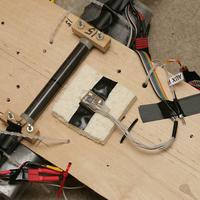 Views: 292
Views: 292
IMU -
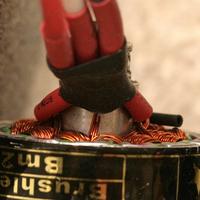 Views: 229
Views: 229
We're down another motor again. Trying to make any progress with Chinese parts is like walking on quicksand. That motor caused 3 days of pure crashes & early landings. -
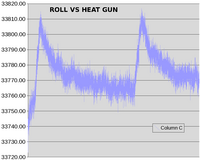 Views: 212
Views: 212
Raw analog data during heat gun blasting. Obviously we've gone way beyond 10 bit precision by filtering. -
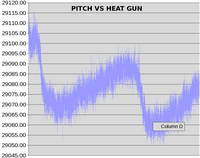 Views: 229
Views: 229
IDG300 -
 Views: 238
Views: 238
LISY300AL -
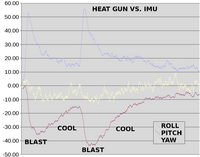 Views: 243
Views: 243
There is a bit of correlation between the 2 gyro chips.
-
 Views: 290
Views: 290
Had 2 hovers & 2 crashes in the wind. Position derived heading on the LISY300AL is definitely a disaster in the wind. -
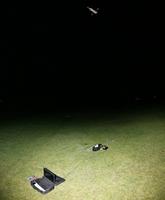 Views: 234
Views: 234
So do U keep perfecting Vika 2 in the wind or go ahead & build Vika 3? -
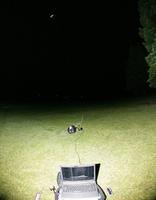 Views: 237
Views: 237
-
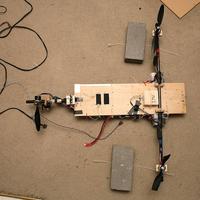 Views: 240
Views: 240
A few minutes of 20mph wind, then a 30mph gust & she was gone. Kill throttle & wait for the crack. Beauty crash. $50 of blades in 6 months. Nearly finished with the Maxxprods. -
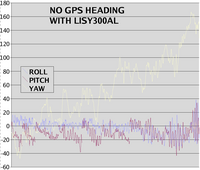 Views: 230
Views: 230
Yes, the LISY300AL sux. It's probably a licensed IDG300 method. -
 Views: 221
Views: 221
Turn on the GPS heading & obviously heading is stable because she's tracking it.
-
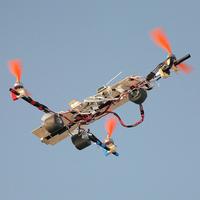 Views: 256
Views: 256
Really tiny autopilot with a bunch of sensors takes flight. -
 Views: 222
Views: 222
The money shot with something that looks like it's part of a fire department. -
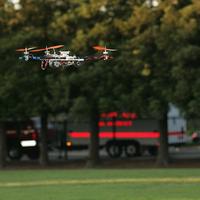 Views: 292
Views: 292
In this wind, there's no way you're going to get these shots very easily. -
 Views: 250
Views: 250
U can see all the doohikies grinding away to keep it in the air. -
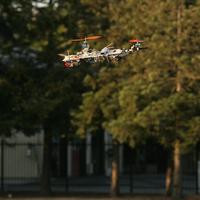 Views: 223
Views: 223
The firemen R actually in the background eating spagetti & U can hear the clatter of their silverware because Vika 1 is totally silent. We do mean men. -
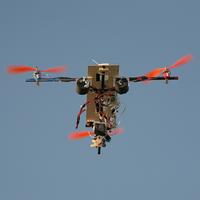 Views: 227
Views: 227
-
 Views: 242
Views: 242
A better of view of the electronics. -
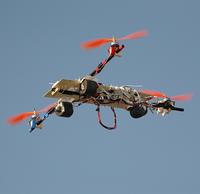 Views: 213
Views: 213
-
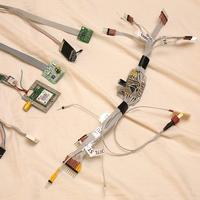 Views: 310
Views: 310
Everything converted to breakout boards, cleaned, & matched to the new pinouts. Look like they could have come from China, but they didn't, if U know what we m.e.a.n.. -
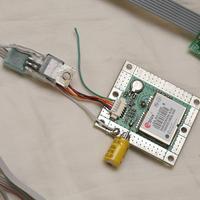 Views: 262
Views: 262
Since the mane board doesn't have the decoupling capacitance of the good old days, it's time for uBlox hacking. -
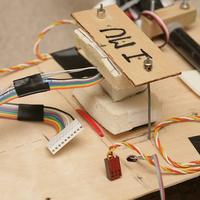 Views: 226
Views: 226
Huge new connector for brick IMU. -
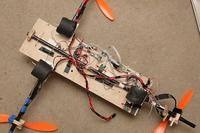 Views: 278
Views: 278
U already know where the sensors need to go to work properly. -
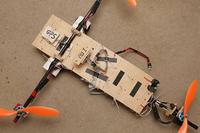 Views: 229
Views: 229
-
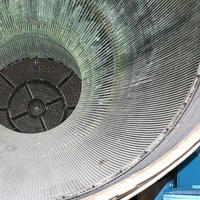 Views: 629
Views: 629
We did get shots of the cooling tubes in the F1 engine. Gas in this nozzle was contained by nothing but welds. -
 Views: 307
Views: 307
They attached directly to the hatbands. Later on, someone realized they needed more reinforcement & welded on just enough steel jacket pieces. -
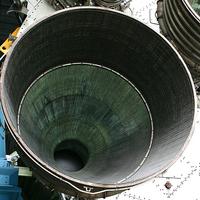 Views: 305
Views: 305
Notice they're tapered by welding 3 tiers of identical diameter tubes together instead of single tapered tubes like the SSME. The aft section was film cooled by preburner exhaust. -
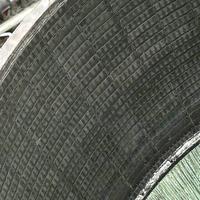 Views: 283
Views: 283
The inner wall of the aft section bled preburner exhaust through injection slots between shingles. 1 ring of injection slots halfway down the nozzle wasn't enough. -
 Views: 310
Views: 310
Cooling tubes on the J2 were also jacketless. The nozzle was just a bunch of cooling tubes & welds. -
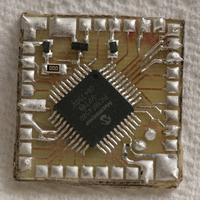 Views: 249
Views: 249
Got lucky with the commute & Vika 1's bootloader started talking. -
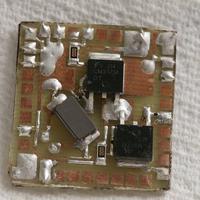 Views: 244
Views: 244
Finished stuffing on both sides. -
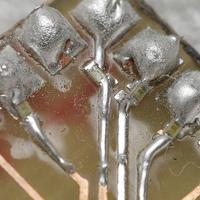 Views: 254
Views: 254
Beauty soldering job.
-
 Views: 287
Views: 287
Our personal tube photo. -
 Views: 241
Views: 241
-
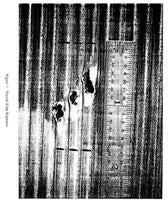 Views: 234
Views: 234
They leaked on STS-93. -
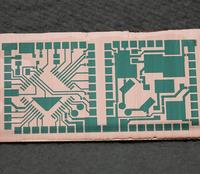 Views: 218
Views: 218
Now our biggest etch ever. Soak it for 20 minutes in FeCl before stirring & it comes off real fast. -
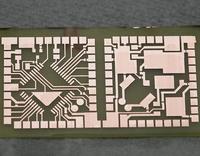 Views: 222
Views: 222
Probably good enough to etch double sided copper clad boards by now, but we have $15 of single sided boards to burn through. -
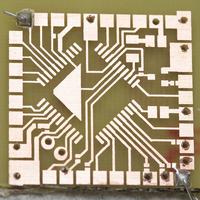 Views: 225
Views: 225
Even with the scoring, hole drilling is still rough. Just enough time between commutes to etch & drill a board like this. If U get lucky with the traffic, U can qualify the voltage regulators.
